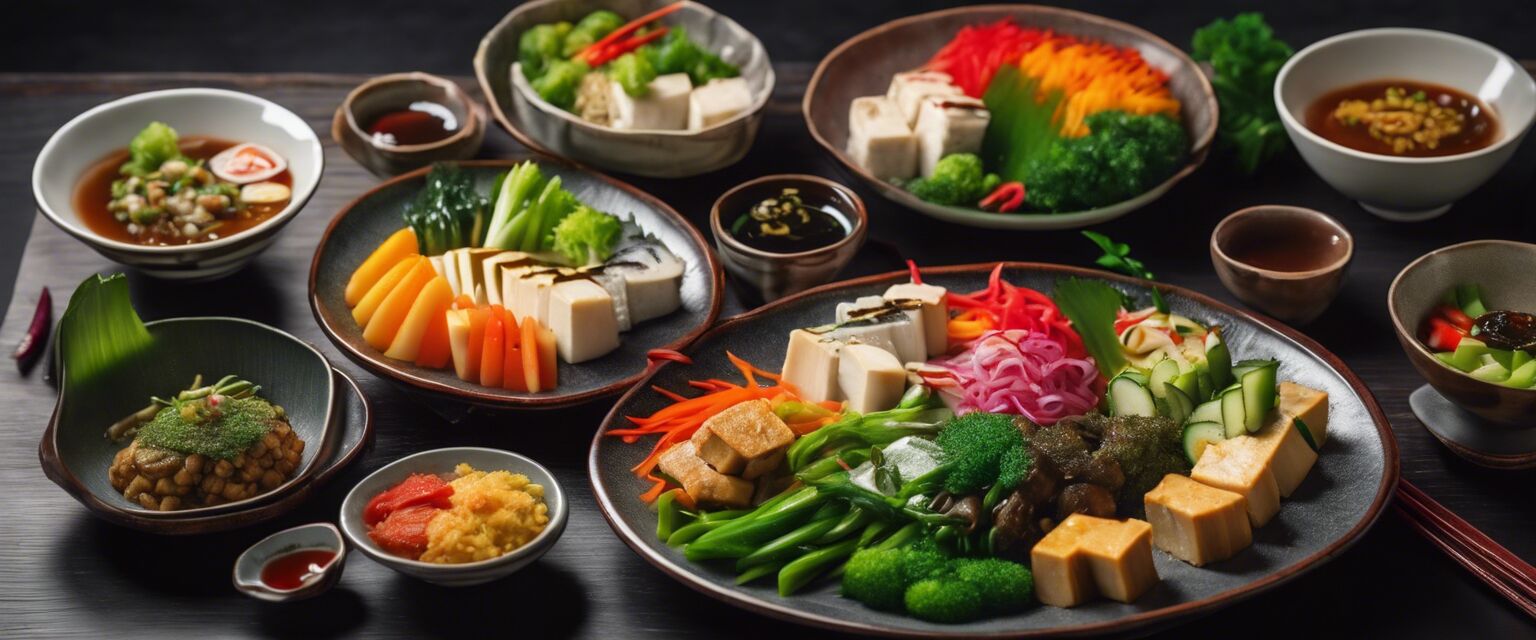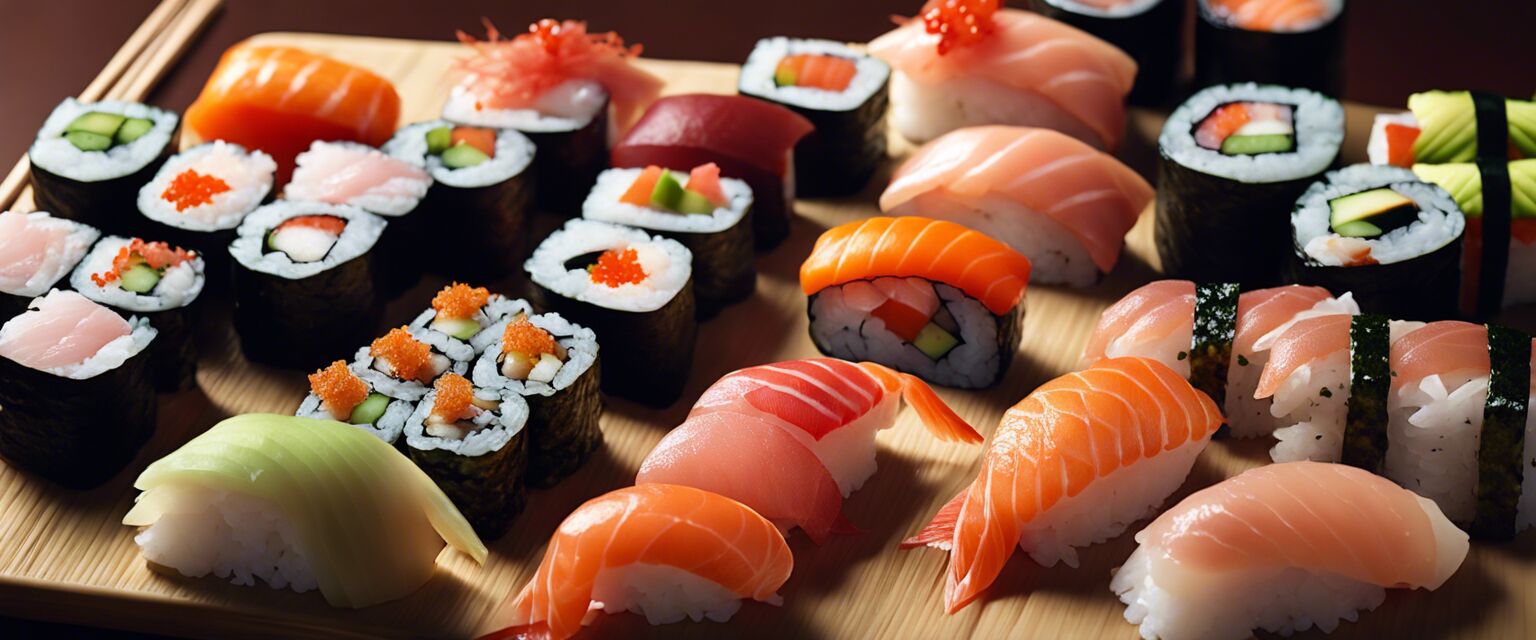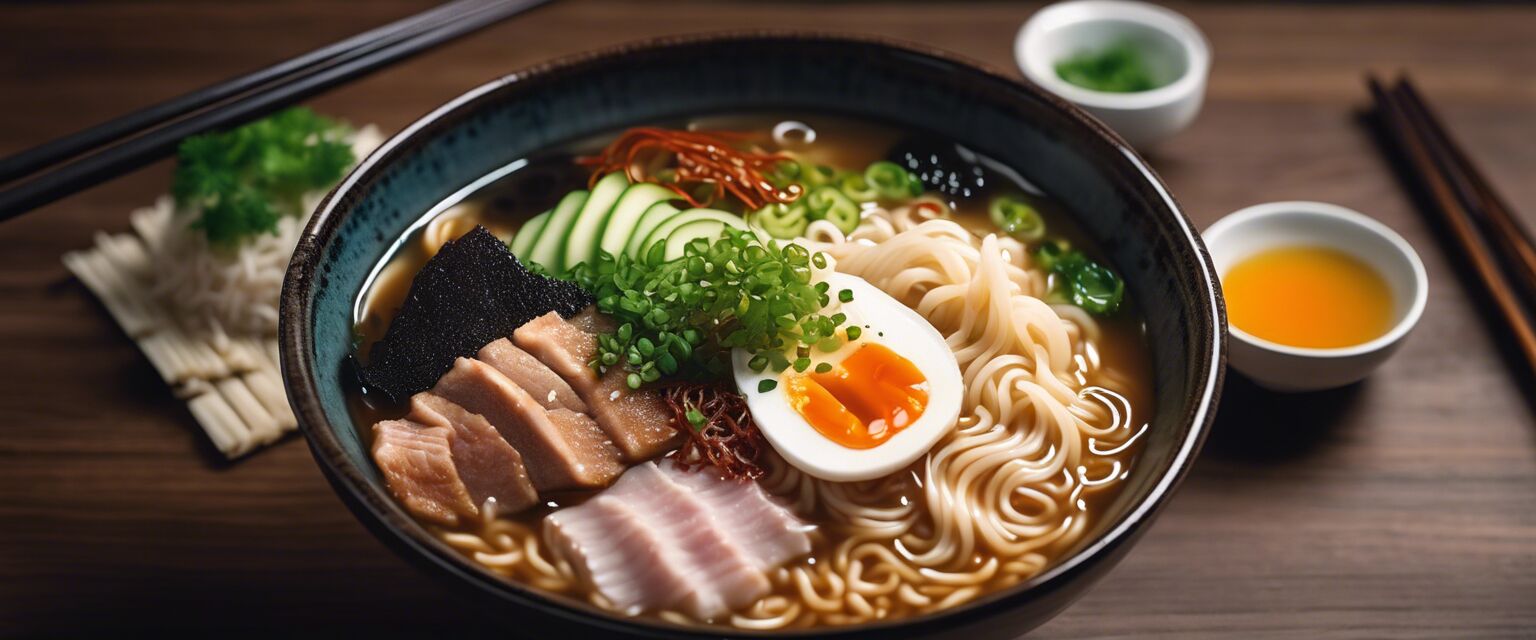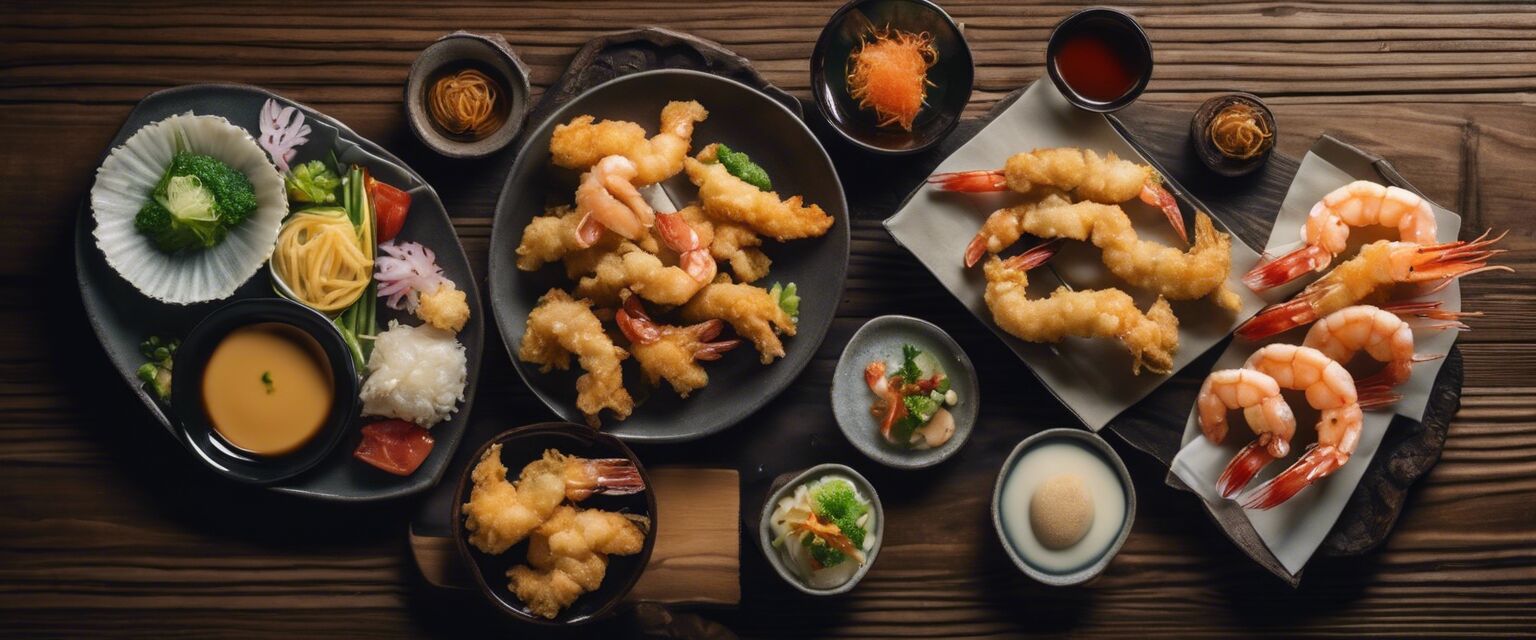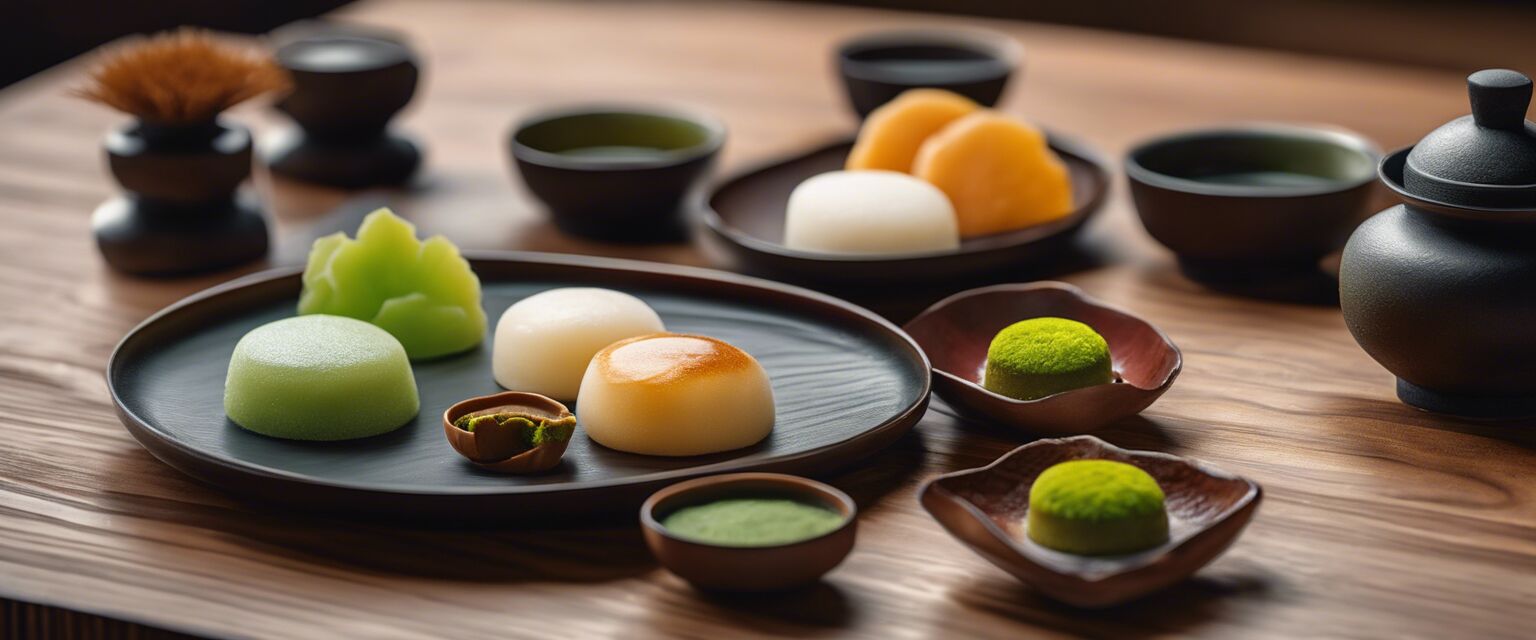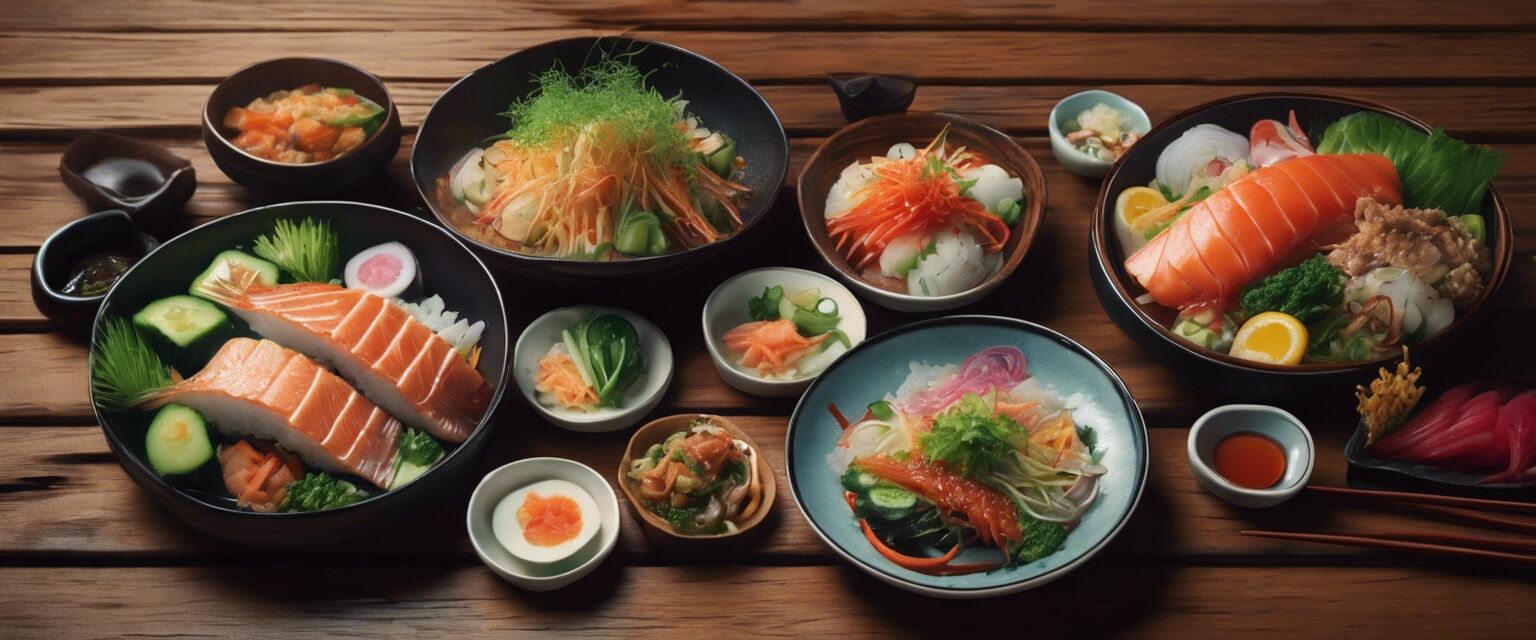
Traditional Dishes
Key Takeaways
- Japanese cuisine is rich in flavor and history.
- Classic dishes include miso soup, sukiyaki, and shabu-shabu.
- Many traditional recipes are easy to replicate with the right ingredients.
Japanese cuisine is celebrated for its balance of flavors, textures, and presentation. This article explores three classic Japanese dishes: miso soup, sukiyaki, and shabu-shabu. Each recipe not only satisfies the palate but also connects diners to Japan's rich culinary history. Let's dive into these traditional dishes and learn how to make them at home.
Miso Soup
Miso soup is a cornerstone of Japanese cuisine. It is a simple yet flavorful broth made from miso paste and other ingredients. Here's a look at its origins and a basic recipe.
History of Miso Soup
Miso soup dates back over a thousand years and has evolved into a staple of Japanese daily life. Traditionally, it is made with dashi (a soup stock) and miso paste, with various ingredients added based on seasonal availability.
Basic Miso Soup Recipe
| Ingredients | Quantity |
|---|---|
| Dashi (soup stock) | 4 cups |
| Miso paste | 3 tablespoons |
| Tofu (cubed) | 1 cup |
| Green onions (sliced) | 2 |
| Seaweed (wakame) | 1/4 cup (rehydrated) |
How to Prepare Miso Soup
- Heat dashi in a pot over medium heat.
- Once hot, add miso paste, stirring until it dissolves.
- Add tofu, seaweed, and green onions, cooking briefly.
- Serve hot with a side of rice for a wholesome meal.

Sukiyaki
Sukiyaki is a popular Japanese hot pot dish that features thinly sliced beef and vegetables. It is not just a meal; it is a social experience.
History of Sukiyaki
Originating in the 17th century, sukiyaki initially was a dish for the wealthy due to the cost of beef. Today, it is enjoyed by many as a communal dish cooked at the table.
Ingredients for Sukiyaki
| Ingredients | Quantity |
|---|---|
| Thinly sliced beef | 1 lb |
| Soy sauce | 1/2 cup |
| Sugar | 1/4 cup |
| Tofu (cubed) | 1 cup |
| Shiitake mushrooms | 1 cup |
| Green onions | 2 (cut into lengths) |
| Chinese cabbage | 1/2 head (cut into pieces) |
How to Cook Sukiyaki
- In a shallow pot, heat a mix of soy sauce, sugar, and water.
- Add beef slices and sear until browned.
- Gradually add tofu, mushrooms, and vegetables.
- Cook, stir-frying until all ingredients are cooked.
- Serve directly from the pot with rice.

Shabu-Shabu
Shabu-shabu is another delightful Japanese hot pot dish, known for its fresh ingredients cooked quickly in boiling water.
History of Shabu-Shabu
Shabu-shabu originated in Osaka during the mid-20th century. It offers a similar communal dining experience as sukiyaki with a lighter flavor profile.
Ingredients for Shabu-Shabu
| Ingredients | Quantity |
|---|---|
| Thinly sliced beef or pork | 1 lb |
| Fresh vegetables (bok choy, mushrooms) | Assorted |
| Tofu | 1 cup (cubed) |
| Cooking sauce (ponzu or sesame sauce) | As needed |
How to Prepare Shabu-Shabu
- Bring a pot of water to boil.
- Prepare an array of meats, vegetables, and sauces for dipping.
- Dip slices of meat into boiling water for a few seconds.
- Add vegetables and tofu to boil briefly.
- Serve hot with sauce for dipping.

Tips for Preparing Traditional Japanese Dishes
- Use fresh, high-quality ingredients.
- Invest in basic Japanese kitchen tools.
- Practice the art of plating; presentation matters in Japanese cuisine.
- Have fun experimenting with flavors and ingredient combinations.
Pros
- Rich variety of flavors.
- Easy to make with basic ingredients.
- Healthy and balanced meal options.
- Great for social gatherings.
Cons
- Requires specific Japanese ingredients.
- Time-consuming if making from scratch.
- Balancing flavors can be tricky for beginners.
Further Resources
If you're interested in exploring these dishes deeper or learning about other aspects of Japanese cuisine, visit our other pages: Japanese Spices & Sauces, Kitchen Essentials, Noodle Makers & Accessories, Rice Cookers & Accessories, Sushi Making Kits.

